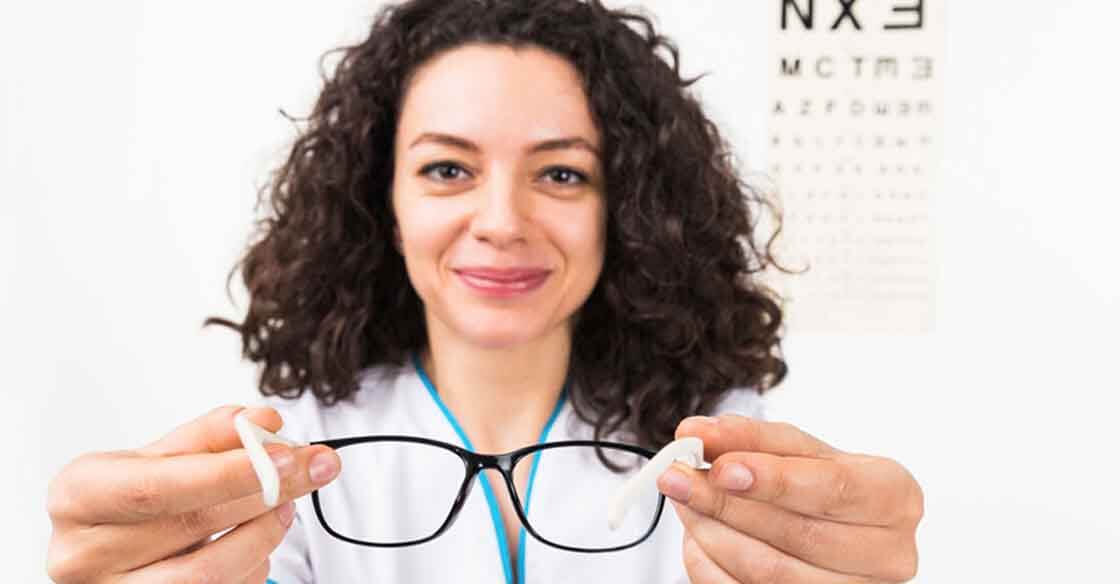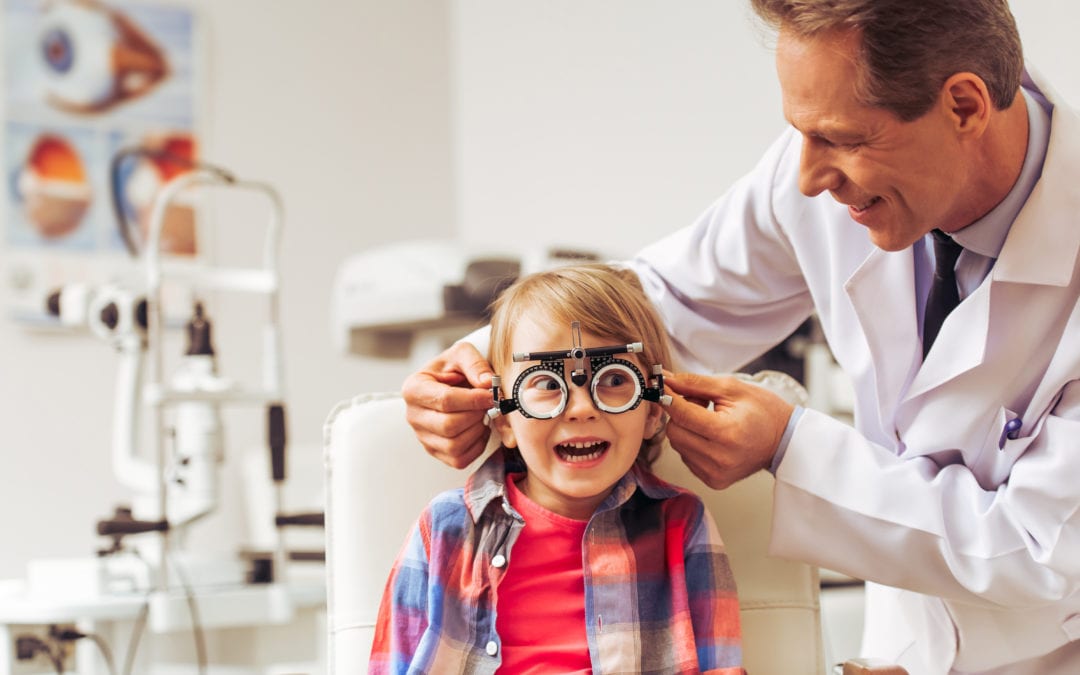Expert Eye Doctor in Riverside: Your Vision is Our Top priority
The Comprehensive Eye Exam: What to Expect Throughout Your Visit to the Eye Doctor
A check out to the eye medical professional for an extensive eye exam is even more than a routine exam; it is an important action in guarding your visual health. From the preliminary conversation of your medical background to the accuracy of the visual acuity examination, each component of the test offers a specific function. What precisely happens throughout the eye wellness assessment, and exactly how does it affect the prescription process? Recognizing these elements is crucial for those who want to maintain ideal vision. As we discover each part, the importance of follow-up suggestions will certainly likewise become clear.
First Assessment
The initial consultation throughout an eye test serves as an essential structure for understanding a patient's aesthetic health and wellness needs. This stage establishes the tone for the entire exam procedure, enabling the optometrist to gather important info concerning the individual's medical history, way of living, and certain vision worries. By carefully reviewing any pre-existing conditions, drugs, or previous surgeries, the eye treatment specialist can tailor the assessment to address individual requirements effectively.

Moreover, the first appointment is an opportunity for individuals to articulate any kind of worries or concerns, promoting a joint partnership with their healthcare supplier. This interaction not only makes sure that the person really feels educated and comfortable yet additionally encourages them to take part proactively in their eye health and wellness monitoring. Jointly, these discussions make it possible for the eye doctor to devise a customized evaluation strategy, making certain optimum care and specific medical diagnosis.
Aesthetic Acuity Examination
Starting the core elements of an eye exam, the visual skill test is designed to evaluate the intensity and clearness of a patient's vision. This critical examination assists identify how well a person can recognize letters or symbols at a standard distance, generally using a Snellen chart (Optometrist Riverside). The chart consists of rows of letters that decrease in dimension from top to base, with the client positioned at a customary distance of 20 feet
Throughout the test, the client is asked to cover one eye and review aloud the smallest line of letters they can see plainly. This process is duplicated for the various other eye. The results are taped as a fraction, with 20/20 vision suggesting normal visual acuity-- where the patient can see at 20 feet what an individual with regular vision can see at that distance.
The aesthetic acuity examination also determines potential refractive errors such as hyperopia, nearsightedness, or astigmatism, which may necessitate corrective lenses. By developing a baseline of visual performance, the examination is a vital analysis tool that aids the eye care professional in developing an appropriate therapy plan tailored to the client's distinct visual needs.
Eye Health Analysis
Adhering to the aesthetic acuity examination, an extensive eye wellness assessment is performed to guarantee the total well-being of the eyes. This critical segment of the eye test involves a comprehensive assessment of both the exterior and internal frameworks of the eye. The eye doctor or eye doctor begins by checking out the eyelids, cornea, conjunctiva, and sclera for any kind of indications of infection, swelling, or irregularities. Making use of specialized tools like a slit light, the practitioner obtains a magnified view of the eye's makeup, making it possible for detailed evaluation.
Next, attention shifts to the internal structures. Via using ophthalmoscopy or fundus digital photography, the retina, optic nerve, and blood vessels are thoroughly assessed. This action is essential for determining conditions such as retinal detachment, glaucoma, or diabetic retinopathy. In several situations, pupil expansion is carried out to boost presence of the internal eye structures, although this may lead to temporary light sensitivity for the client.
Additionally, intraocular stress is determined to screen for glaucoma risk. This is normally done utilizing tonometry, which can detect elevated stress levels that could suggest possible damage to the optic nerve. Collectively, these analyses create an extensive evaluation to preserve ocular health and wellness.
Refraction and Prescription
Refraction is an advanced procedure performed by eye care professionals to identify the accurate lens power required to correct refractive errors such as myopia, astigmatism, presbyopia, and hyperopia. The goal of this treatment is to evaluate how light bends as it passes via the eye, enabling the professional to figure out whether corrective lenses are required for enhanced aesthetic acuity.
During the refraction procedure, the client is asked to check out a phoropter, a device that has different lenses. The practitioner will methodically change these lenses and ask the client to compare quality between choices up until the very best feasible vision is attained. This treatment is critical in why not find out more crafting a precise prescription that specifies the suitable lens power for eyeglasses or contact lenses.
The prescription acquired from this treatment not just enhances vision however additionally acts as a foundation for selecting ideal rehabilitative glasses. It is vital to ensure that prescriptions are frequently updated, as modifications in vision can happen gradually, highlighting the value of routine eye exams. This careful focus to detail helps keep clear, comfy vision in day-to-day life.
Follow-Up Recommendations

Throughout a follow-up visit, the eye doctor will conduct a collection of tests to review aesthetic skill and look for any kind of changes in vision that could demand an upgrade to the prescription. Furthermore, the follow-up offers a possibility to discuss any type of pain or concerns experienced with existing glasses. Adjustments can be made to ensure convenience and efficacy, whether through lens modification or structure modifications.
For individuals with recurring conditions such as glaucoma, diabetes-related eye concerns, or macular deterioration, more constant follow-ups might be necessary. These appointments are important for taking care of and possibly reducing the progression of eye my website condition. Complying with these referrals can substantially contribute to maintaining aesthetic health and protecting against long-term complications.
Verdict
The extensive eye test is an important procedure for maintaining aesthetic wellness, including a comprehensive analysis of medical background and vision problems. Secret components include the visual acuity examination, which examines eyesight quality, and the eye health evaluation, which analyzes the total condition of the eyes.
A visit to the eye medical professional for a thorough eye examination is even more than a routine exam; it is a crucial action in protecting your visual wellness.Kicking off the core parts of an eye exam, the visual skill examination is created to analyze the sharpness and clarity of a client's vision.Adhering to the aesthetic skill examination, an extensive eye health assessment is performed to make sure the total well-being of the eyes. These sees allow the eye care professional to monitor adjustments in vision, update prescriptions, and evaluate the total wellness of the eyes. Key components consist of the visual acuity examination, which navigate to this site examines vision quality, and the eye health and wellness evaluation, which examines the total condition of the eyes.